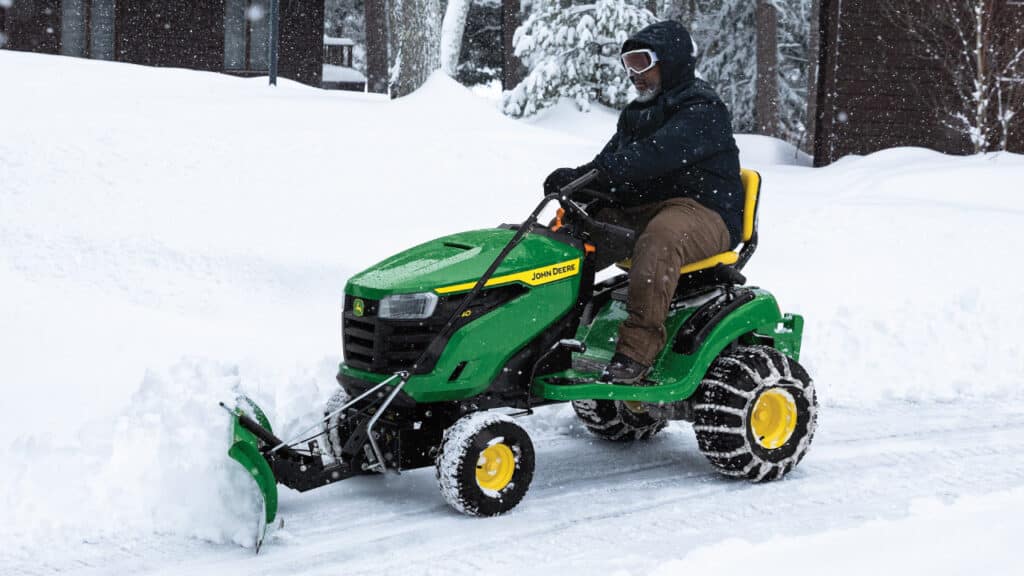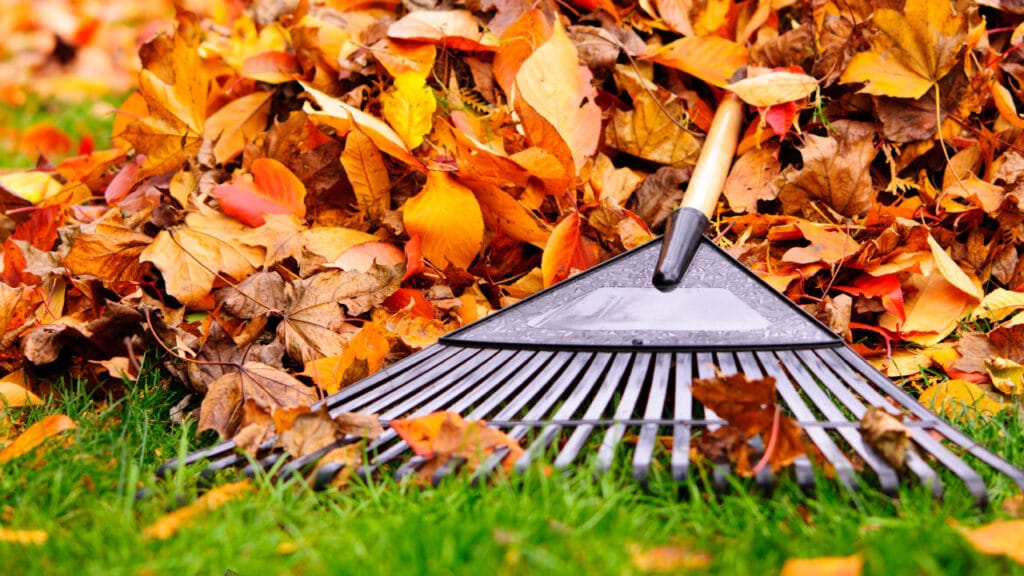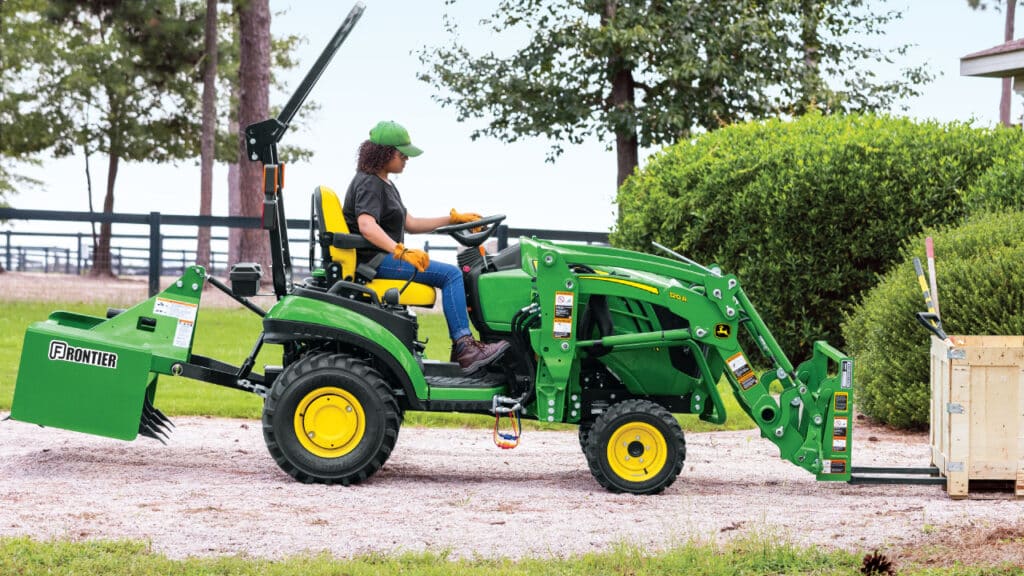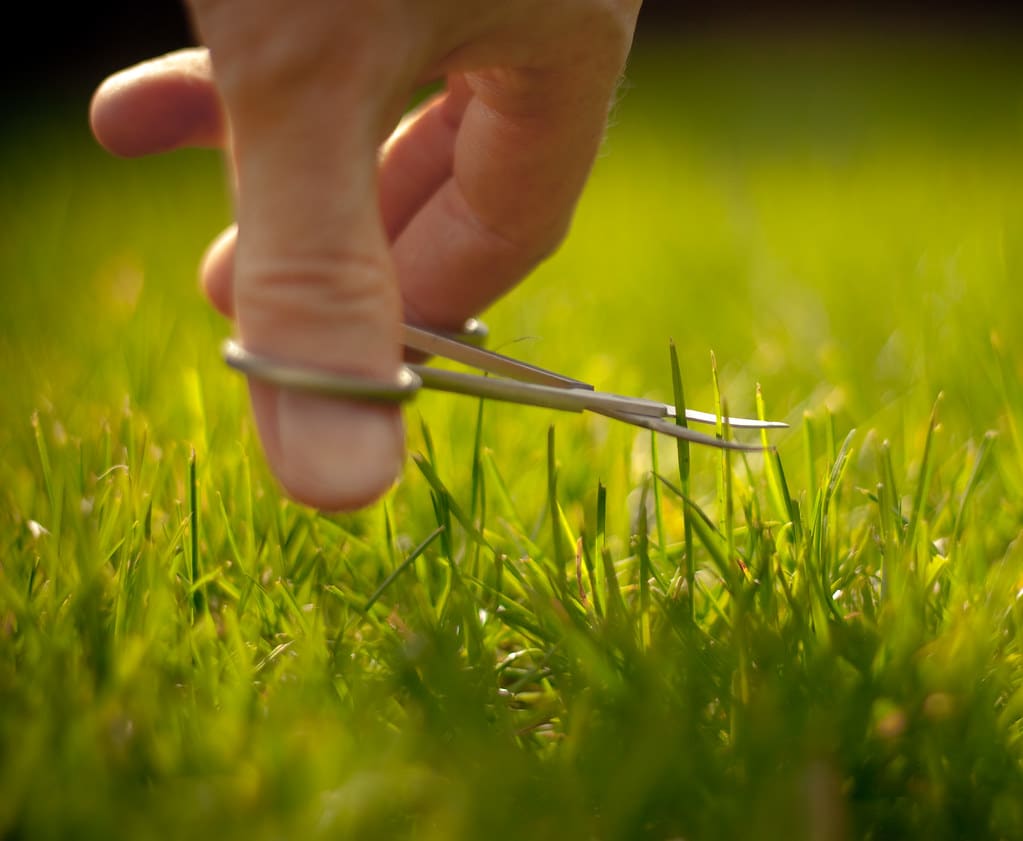
The height of your grass is critical to your lawn’s health. Too short or too long can have major consequences not only on the lawn itself, but on surrounding landscaping and your equipment. With various temperatures, grass species, and soil types to consider, how do you adjust your mower to achieve the best cut height for your lawn?
To learn how to determine the cut height that promotes optimal lawn health, keep reading below.
How Does Cut Height Affect Lawn Health?
It’s probably a lot taller than you think. One of the biggest mistakes that people make when taking care of their lawn is mowing too often and cutting grass too short. The problem is that this exposes the soil and roots to sun and wind erosion, which can limit growth.
Grass that is left taller can protect soil from direct sunlight. This helps the soil retain moisture and fight against drought. Longer blades of grass also slow weed growth, as there is less opportunity for the weeds to gain sunlight and grow past the stunted grass blades.
With all this in mind, an average recommendation as far as the height of your lawn goes is 3 inches, according to the University of Minnesota. While this isn’t the ideal cut height for all lawns, it will be sufficient for most. Let’s look into some different factors that can adjust that number up or down.
Do Different Grasses Need Different Heights?
Yes. Depending on what type of grass your lawn is made of, you will need to adjust your lawn mower accordingly. Bluegrass needs a different cut height than ryegrass, and bentgrass is much different from dichondra.
For most of the yards in Minnesota, Kentucky Bluegrass creates the best overall lawn health for our climate. This turfgrass appreciates a cut closer to the 3-inch size for optimal growth throughout the season.
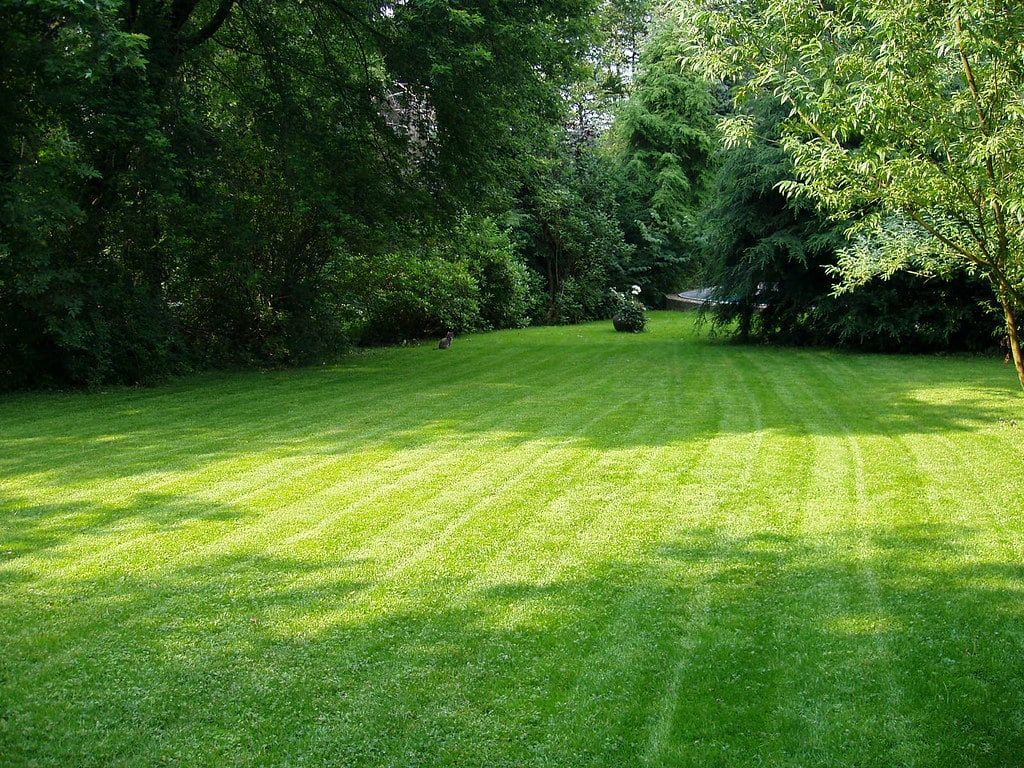
What Are the Dangers of Cutting Grass Too Short?
Grasses that are left to 3 inches help to shade the soil on lawns. This prevents evaporation of soil moisture by keeping the lawn cool. This also reduces the number of weeds that appear in a lawn by shading the soil that would help them grow.
Taller grass also means longer roots. This helps lawns be more resilient to drought, as well as to reach nutrients deeper in the soil than shorter grass would be able to. This all contributes to healthier lawns that grow thicker, greener, and look better than those that are kept shorter.
When mowing, never remove more than ⅓ of the leaf tissue at a time. Mowing shorter, or “scalping” the lawn, puts strain on the plants. Strained grasses take longer to recover and can lead to die-out and brown spots that could take serious time to heal fully.
So, to maintain a healthy lawn, don’t mow lower than 2.5 inches, and make sure that you are mowing before grass reaches a height of 4.5 inches.
Make Sure Your Mower Is Adjusted for Success
Knowing what the best cut height for your lawn happens to be is only half the battle. Your lawn mower is the other half. You can have all the knowledge in the world, but faulty equipment can ruin even the best plans.
Make sure that you know how to adjust your lawn mower before you begin. Don’t just guess – mow a small patch and make sure that your cut height is ideal for your lawn health. Start taller than you think you need, and slowly lower so as not to cut the grass too short. This will give you a precise cut height you can use all season long.
Another facet to know about adjusting your lawnmower is blade sharpness. Dull, chipped, or ill-maintained blades can lead to dead grass. Dull blades will pull grass out of the lawn, or roughly tear it apart, killing or injuring the plants.
Properly sharpened lawn mower blades, however, will ensure that the grass is being cut cleanly, and therefore will contribute to the overall health of the plant.
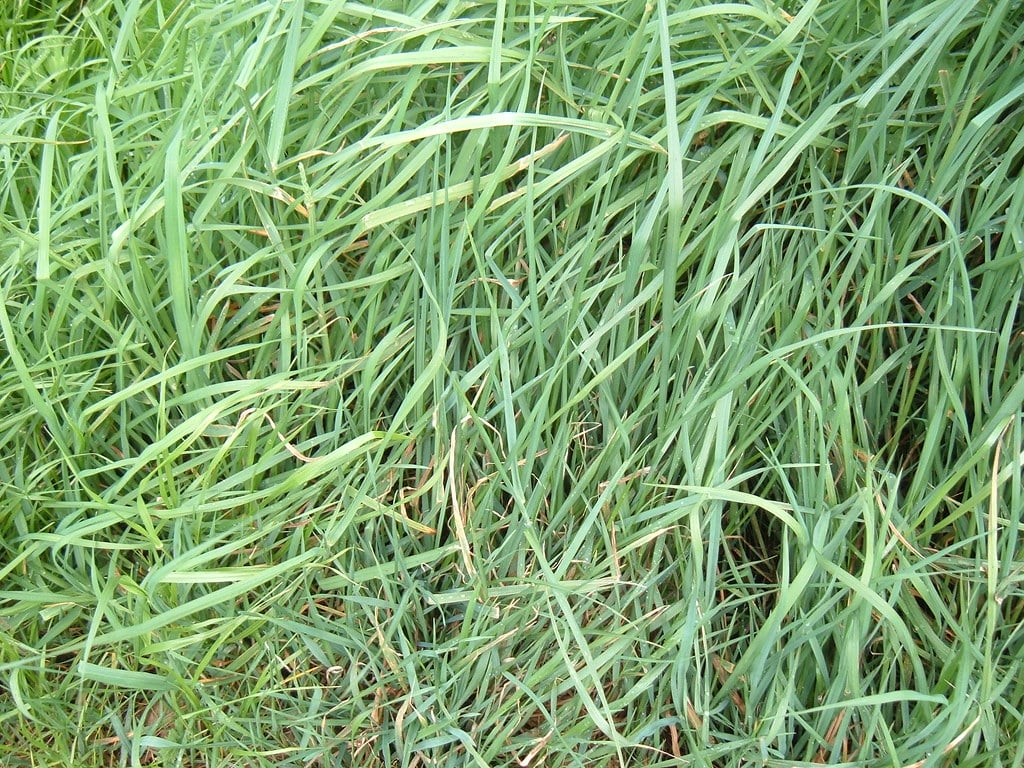
Get More Lawn Health Tips from Minnesota Equipment
Lawn Care can be complicated. It doesn’t have to be, though. The Twin Cities has trusted Minnesota Equipment for decades to provide the tools, knowledge, and follow-up in order to help lawns grow greener. From a simple tip on maintenance to sourcing a new zero-turn lawn mower, the team of professionals at Minnesota Equipment can help your lawn look its best this summer.
Find out more about how you can start maintaining your lawn more effectively today by visiting our knowledge center or exploring our other lawn mowing products.


 MyME
MyME

